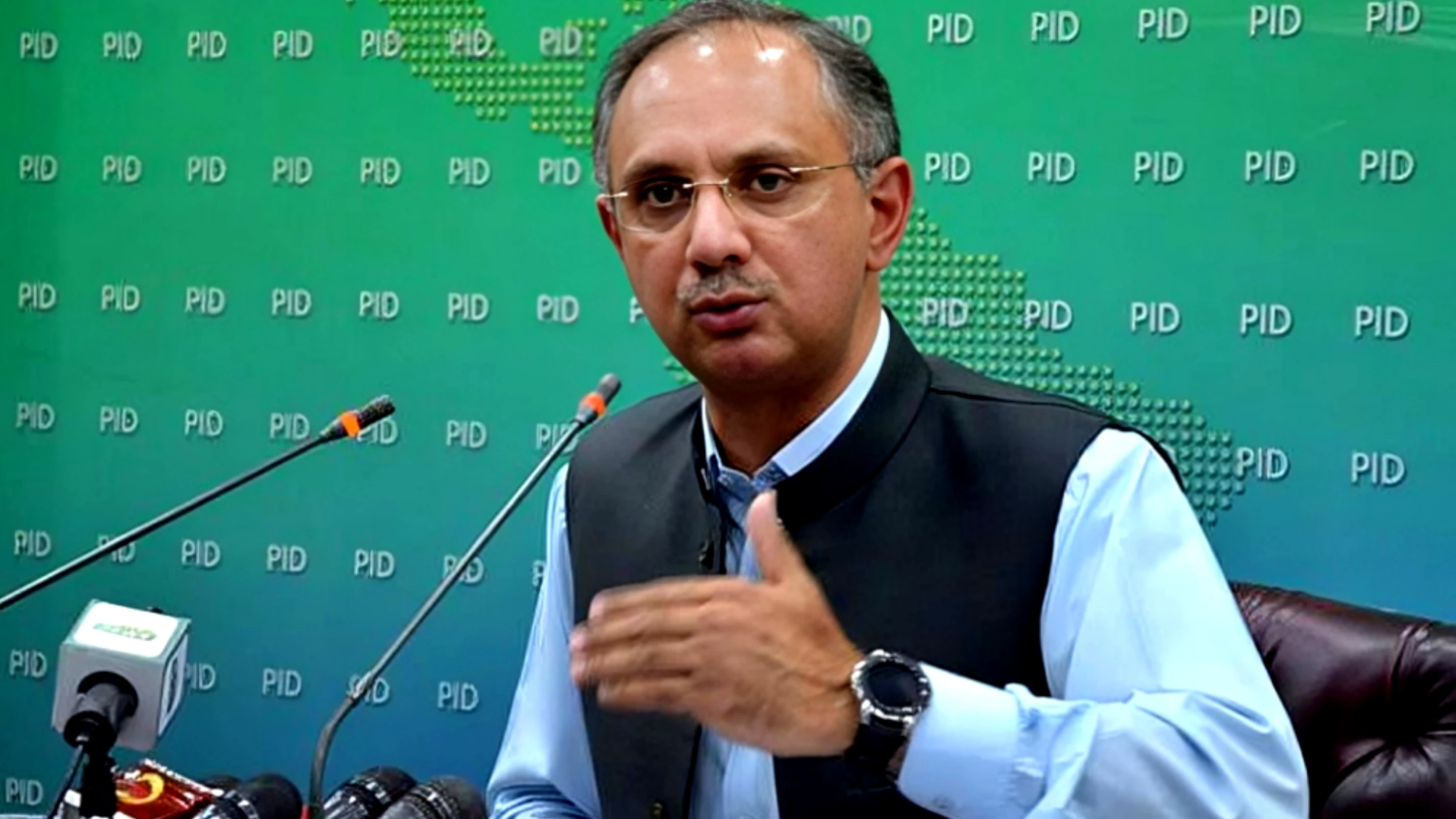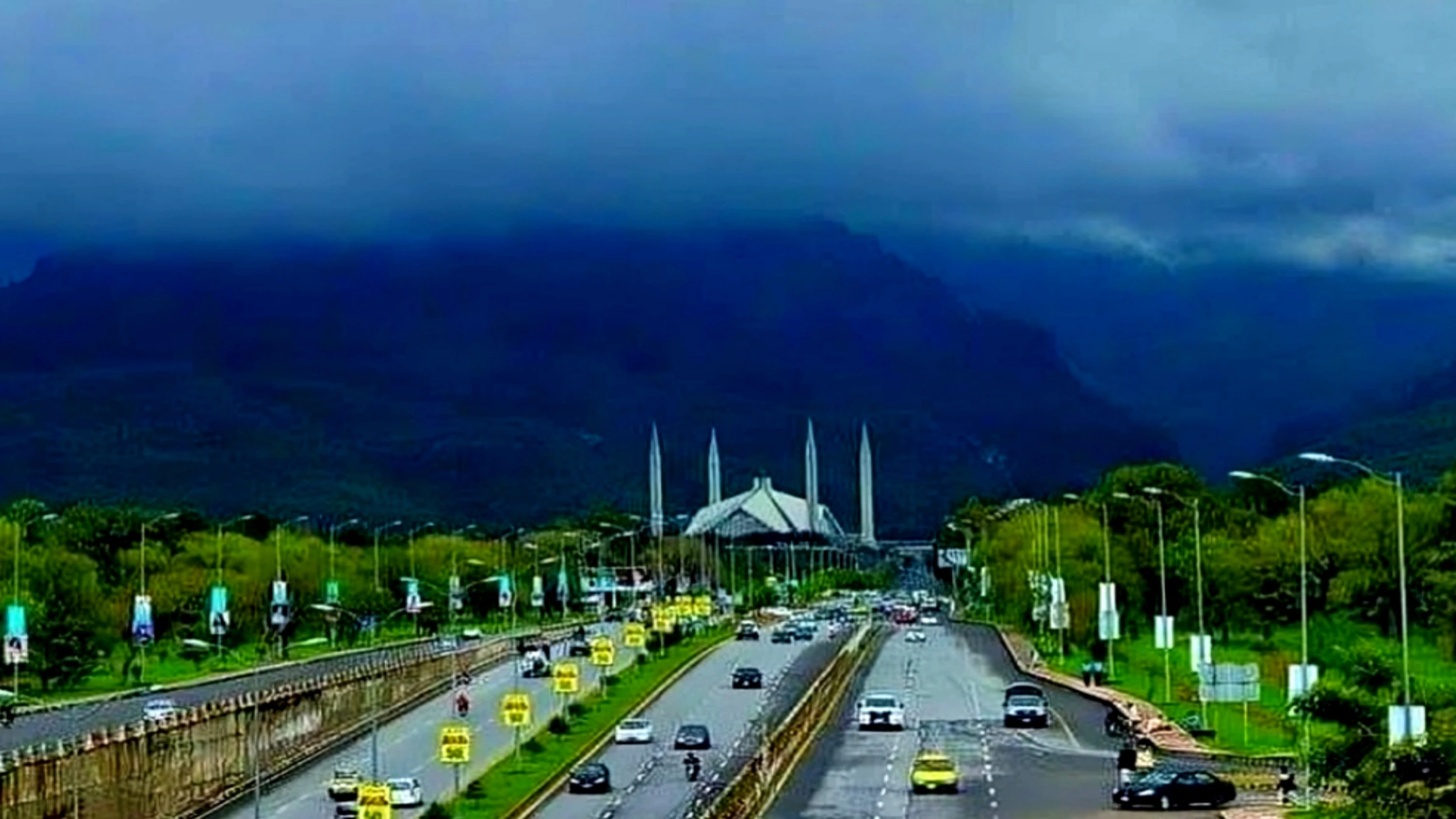ISLAMABAD: The United Nations has initiated a comprehensive "Heatwave Emergency Plan" for Pakistan, targeting regions most vulnerable to extreme heat.
Developed by the UN Office for the Coordination of Humanitarian Affairs (UNOCHA), the initiative is closely aligned with Pakistan’s Inter-Sectoral Heatwave Emergency Plan. UNOCHA is playing a vital coordination role, working in collaboration with Provincial Disaster Management Authorities (PDMAs) and humanitarian partners to enhance joint planning, heatwave response mapping, and collective preparedness efforts.
To support the preparatory stages of heatwave response activities in 2025, $829,728 in anticipatory funding has already been secured. These measures aim to reach approximately 776,000 people in 12 high-risk districts across Sindh, Balochistan, and Punjab. Early actions will be triggered based on predetermined thresholds and implemented through a defined action plan.
Pakistan ranks fifth on the Global Climate Risk Index, indicating its high vulnerability to climate change, particularly extreme weather events such as floods and heatwaves. These phenomena have led to significant economic and humanitarian consequences.
According to UNOCHA, a mild to moderate heatwave is defined as when daily maximum temperatures exceed the normal maximum by 3 to 5°C for 3 to 5 consecutive days. Such conditions can lead to severe physical and mental health issues, including hospitalizations and fatalities.
Several local factors—including humidity, wind speed, air pressure, population vulnerability, and urban infrastructure—play a role in intensifying heatwave impacts. Urban areas with populations over one million typically experience temperatures 1 to 3°C higher than their surroundings. Key urban centers like Karachi, Hyderabad, and Sukkur in Sindh, and Jaffarabad, Sohbatpur, and Naseerabad in Balochistan, are considered highly vulnerable and require targeted public awareness campaigns and heat management strategies.
Under the emergency plan, 38 districts across all four provinces will be targeted, collectively home to an estimated 36 million people. Sindh is expected to be the most affected, followed by Punjab, Khyber Pakhtunkhwa, and Balochistan.
Based on the 2024 heatwave experience, UNOCHA observed a lack of effective early warning systems in urban areas like Karachi, despite repeated heatwaves. The absence of affordable cooling technologies, public cooling centers, and hydration points further elevates heat risks in urban settings.
The UN has urged investment in affordable cooling technologies, establishment of public cooling centers in high-density areas, and subsidized water stations in both urban and rural regions to reduce the risk and impact of extreme heat.








